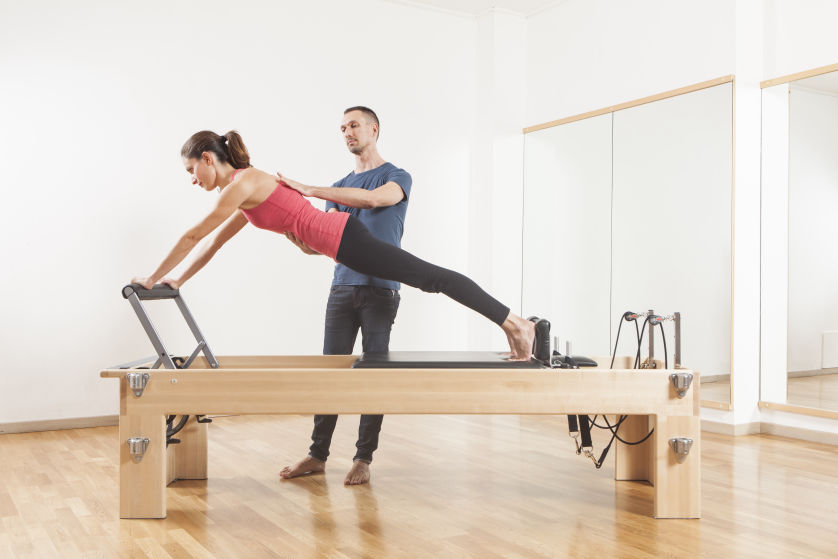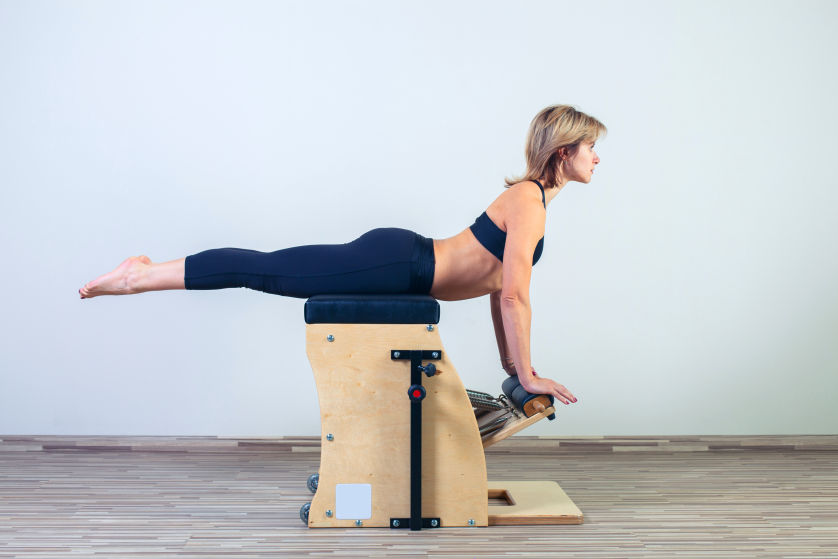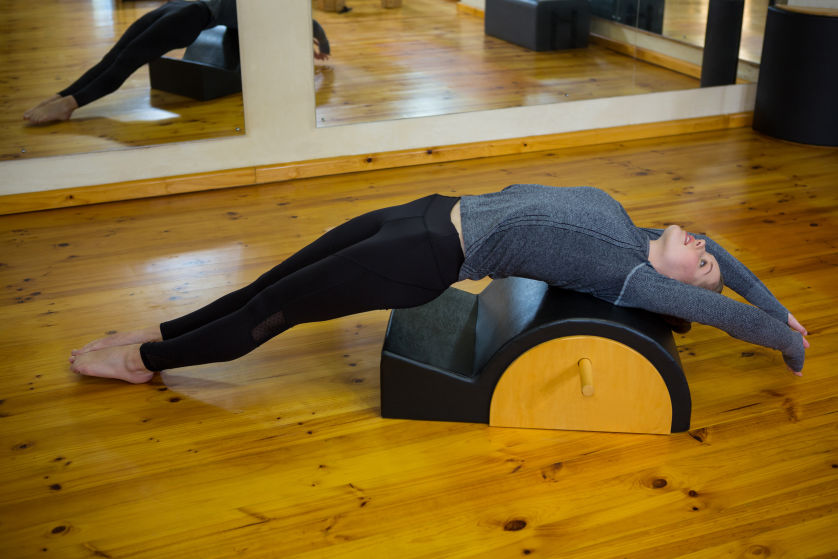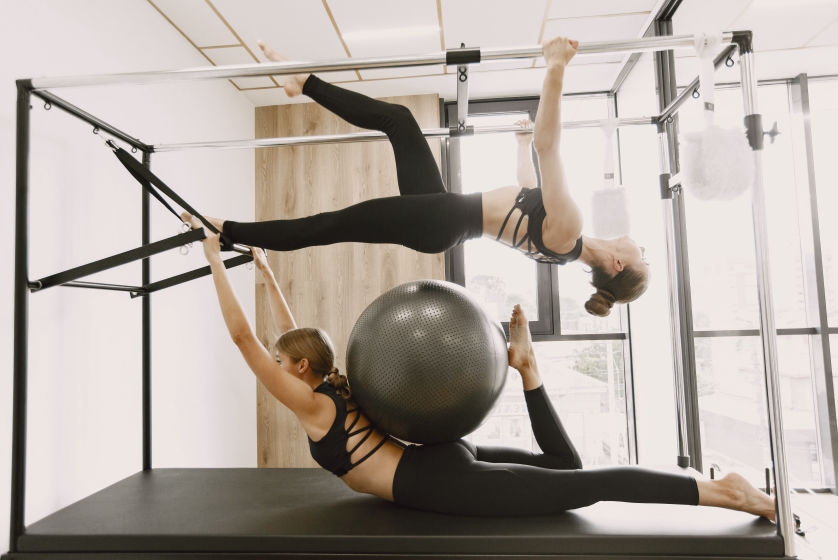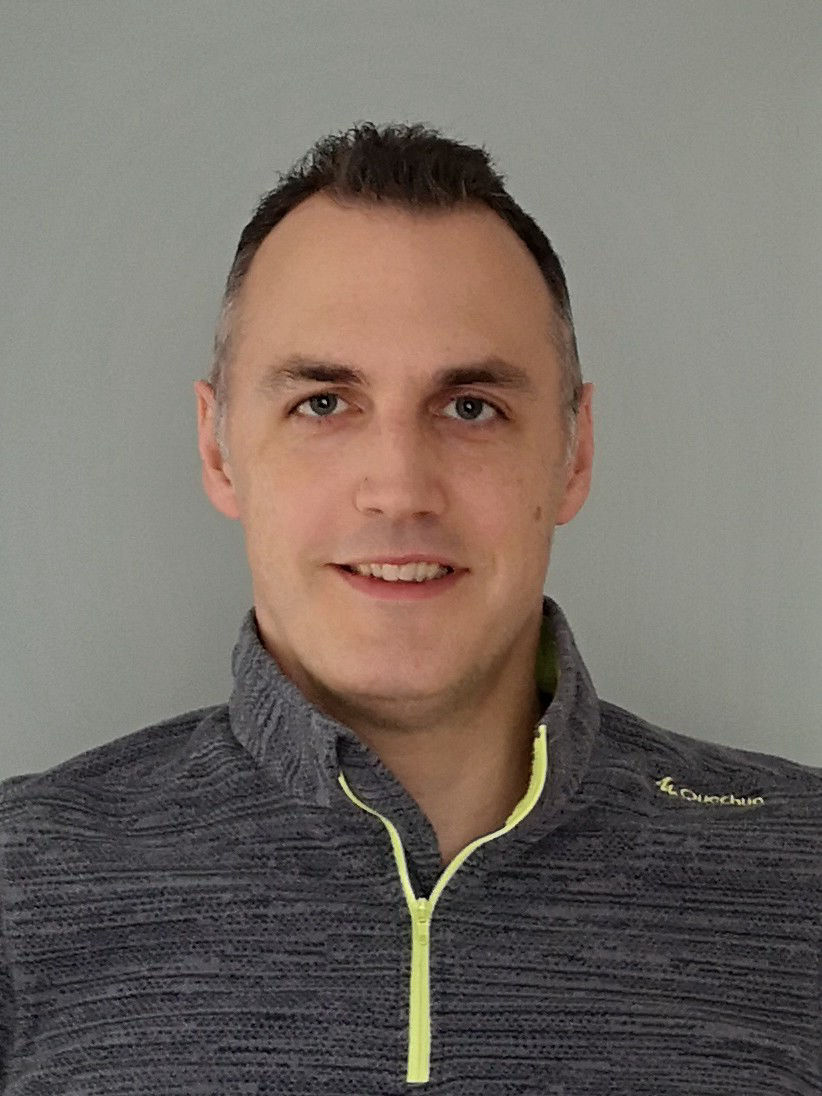
About me
Steve Lister discovered Pilates as a means of addressing injuries incurred through years of rowing and immediately developed a passion for it. The precision and control which are fundamental to the method appealed to his meticulous nature and as someone who had spent years studying and teaching movement, the understanding and potential for improvement that Pilates offers was compelling. Within a year of his very first lesson Steve had begun his training as a Pilates Matwork Instructor.
With his strong background in human neuro-muscular and musculo-skeletal biomechanics from doctoral and postdoctoral research, Steve was able to train with the esteemed APPI (Australian Physiotherapy and Pilates Institute) who provide Pilates instructor training targetted for healthcare, rehabilitation and sports conditioning.
Having qualifying as a Matwork Instructor in 2016, Steve redoubled his efforts and went on to study the APPI Pilates Equipment repertoire, qualifying in 2018 to teach Reformer, Cadillac, Split Pedal Chair and Arc Barrel Pilates. Steve has also taken additional training in several specialist areas:
Additional training
Pilates for Runners
3D Standing Pilates
Pilates for Scoliosis
Neuropilates
Ante and Post-Natal Pilates

